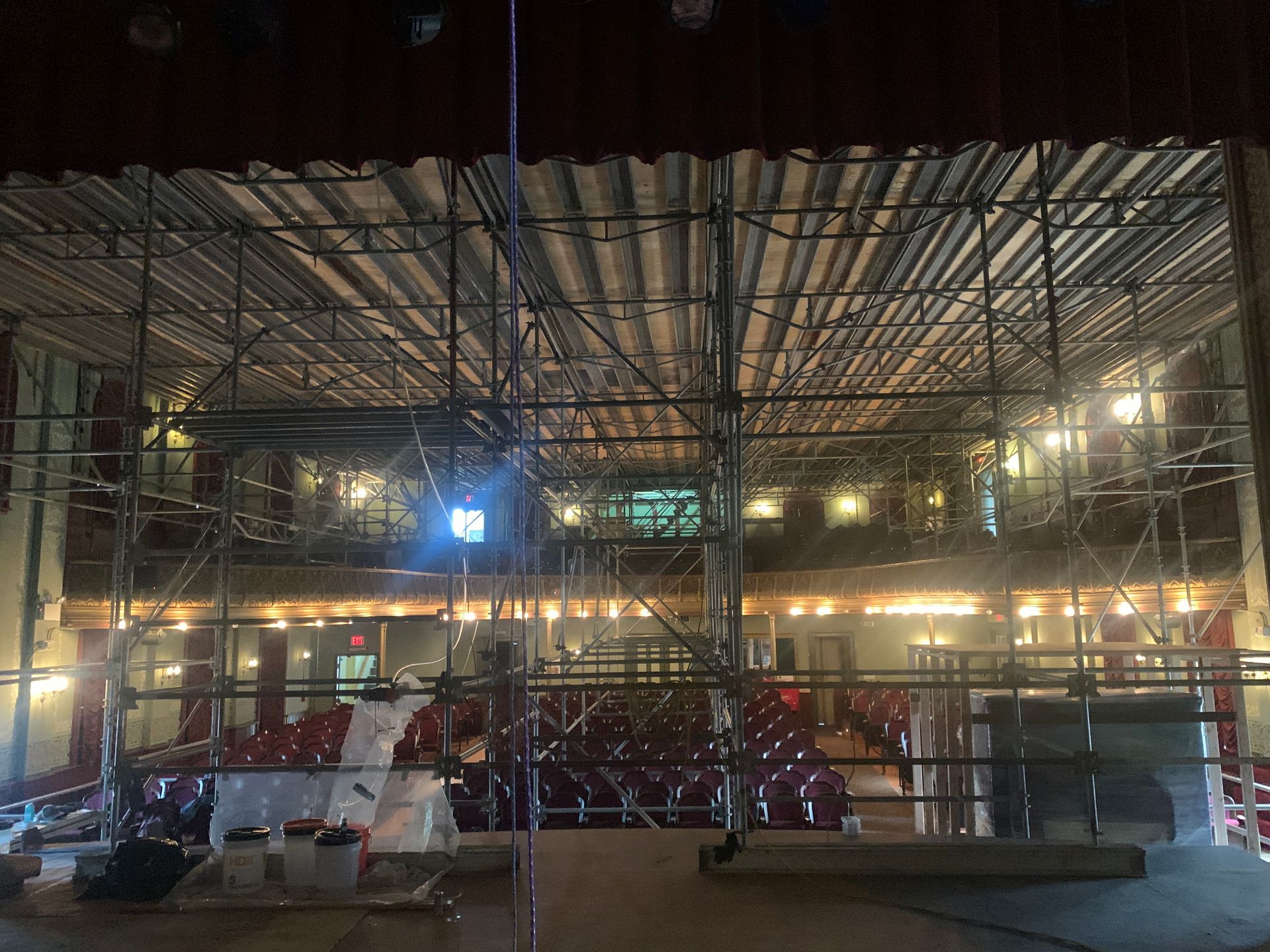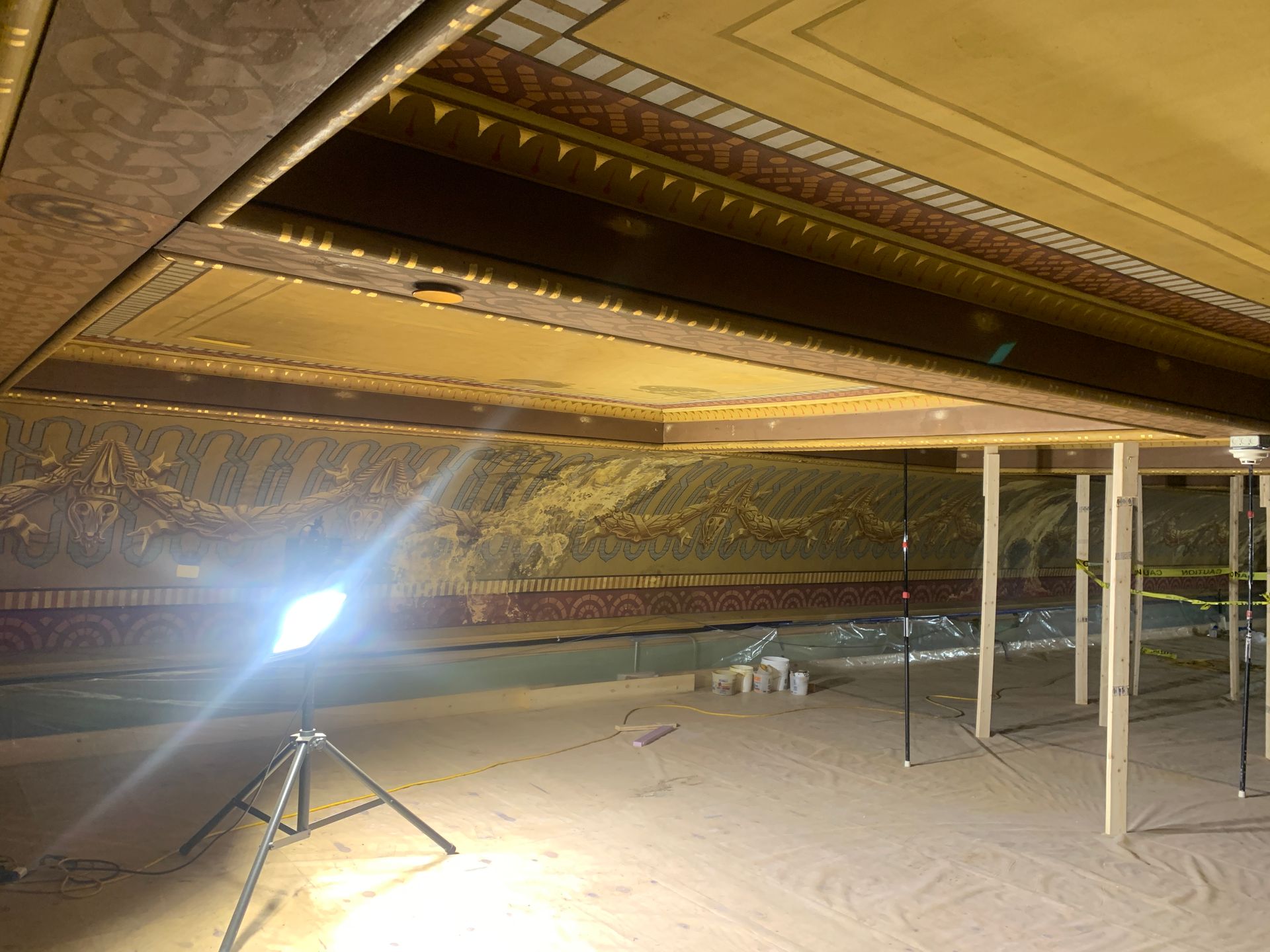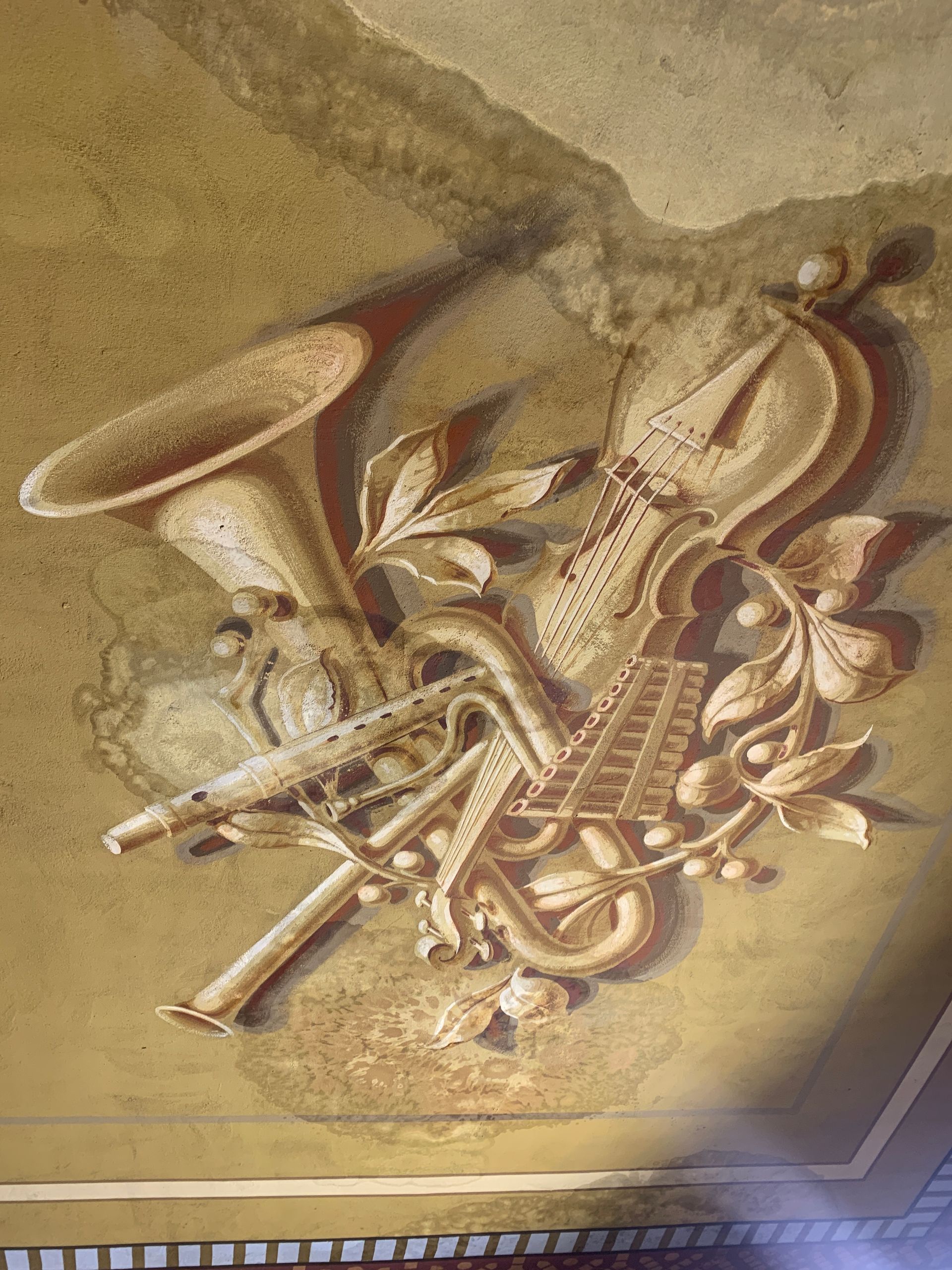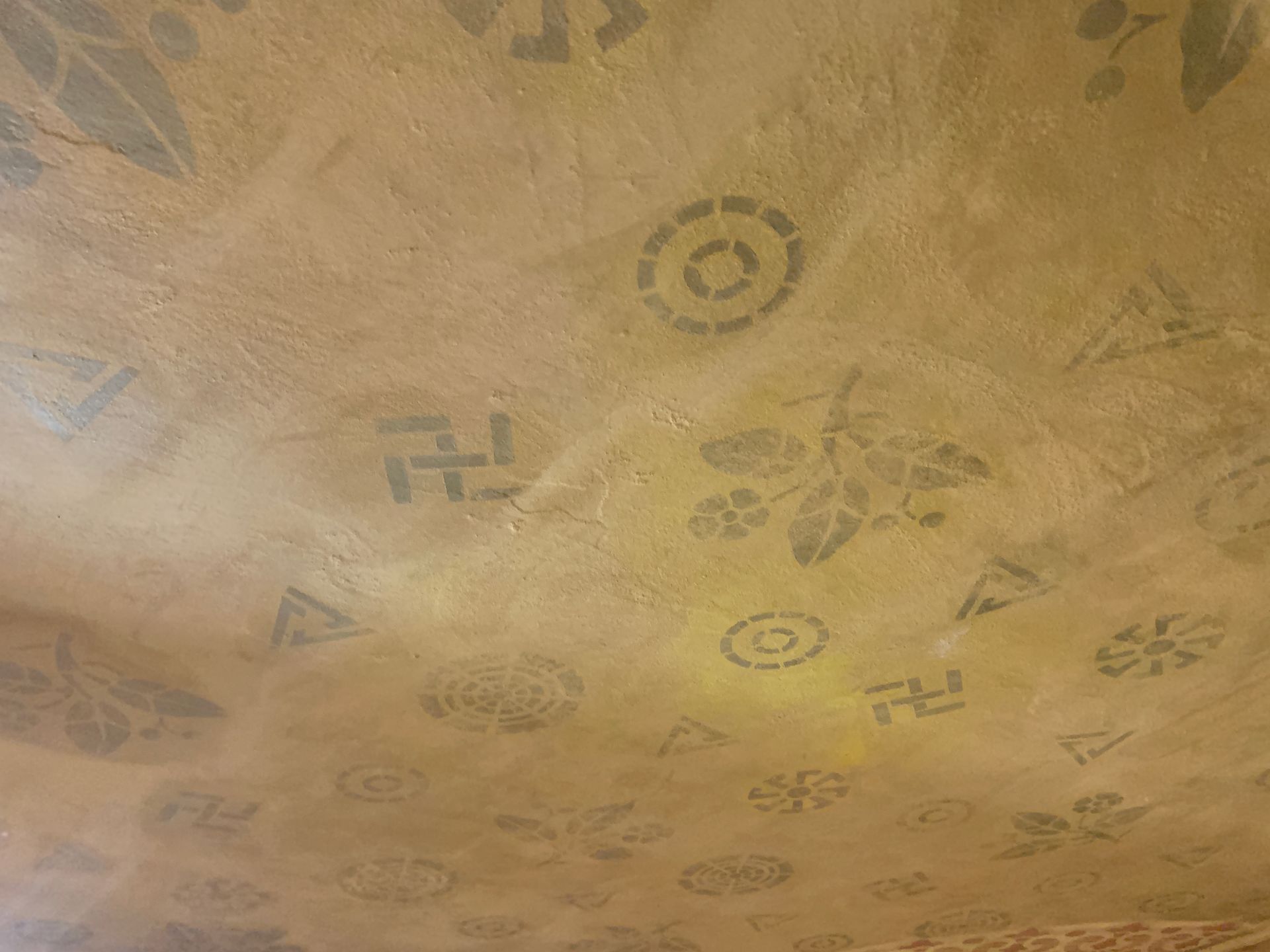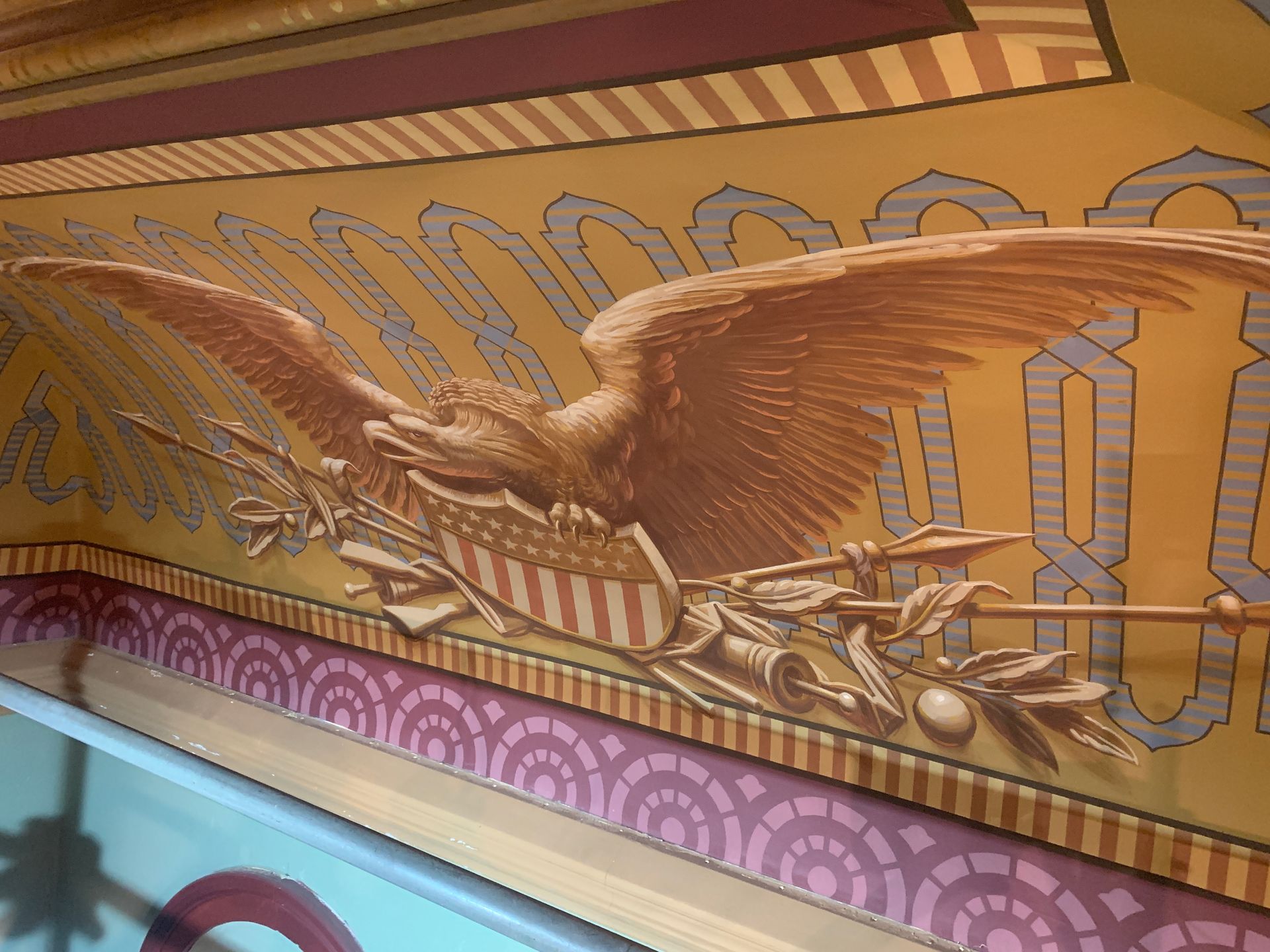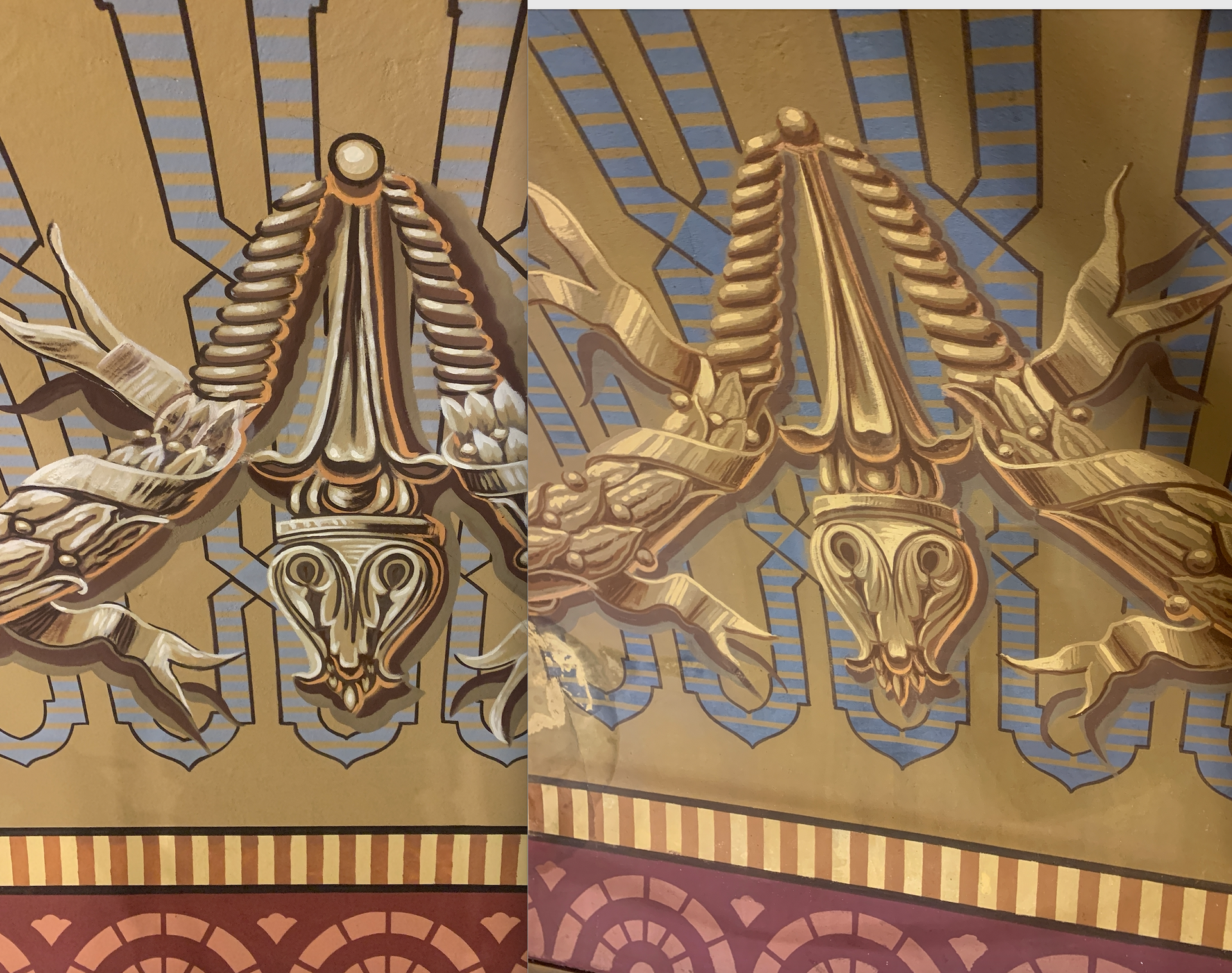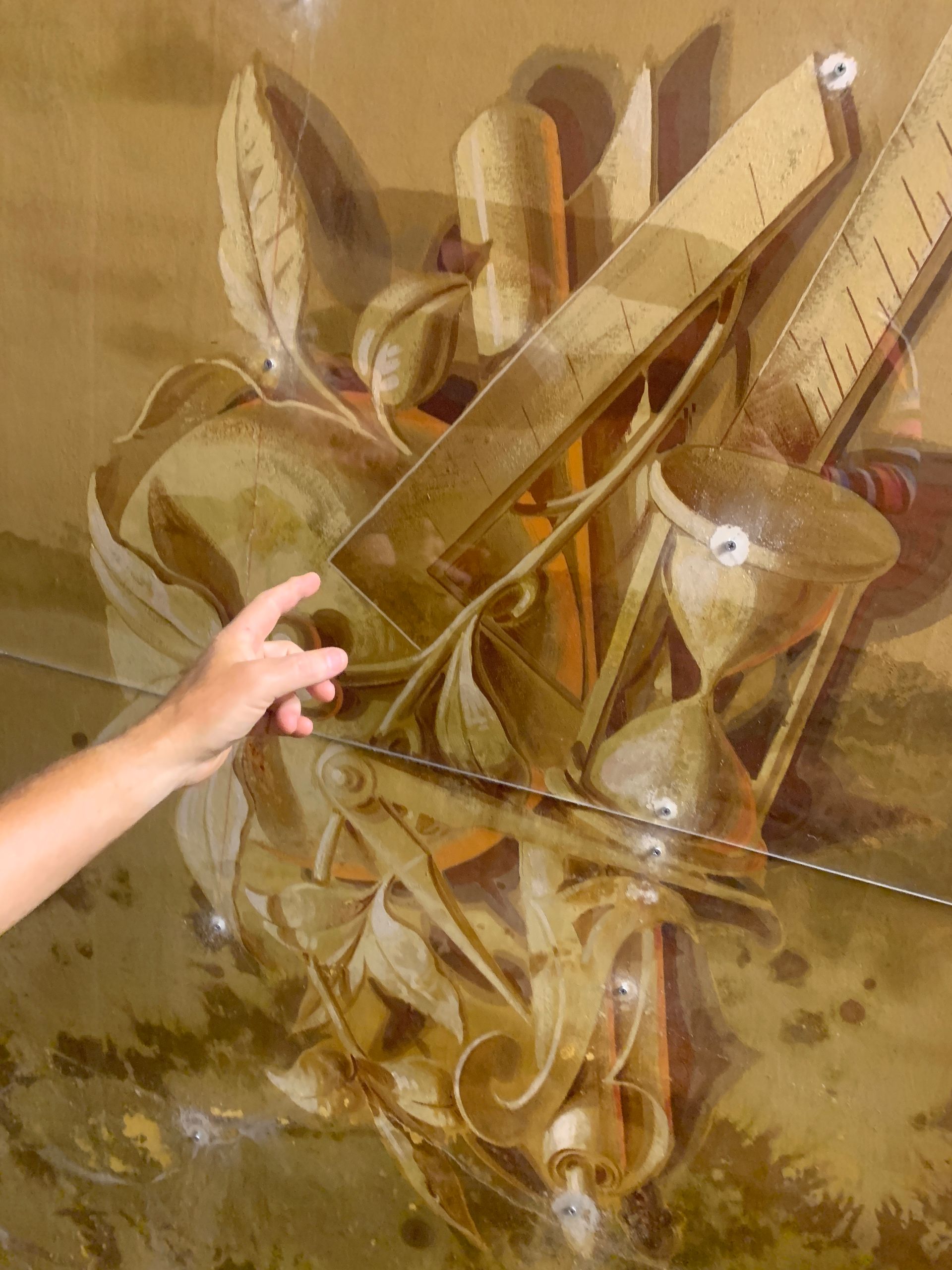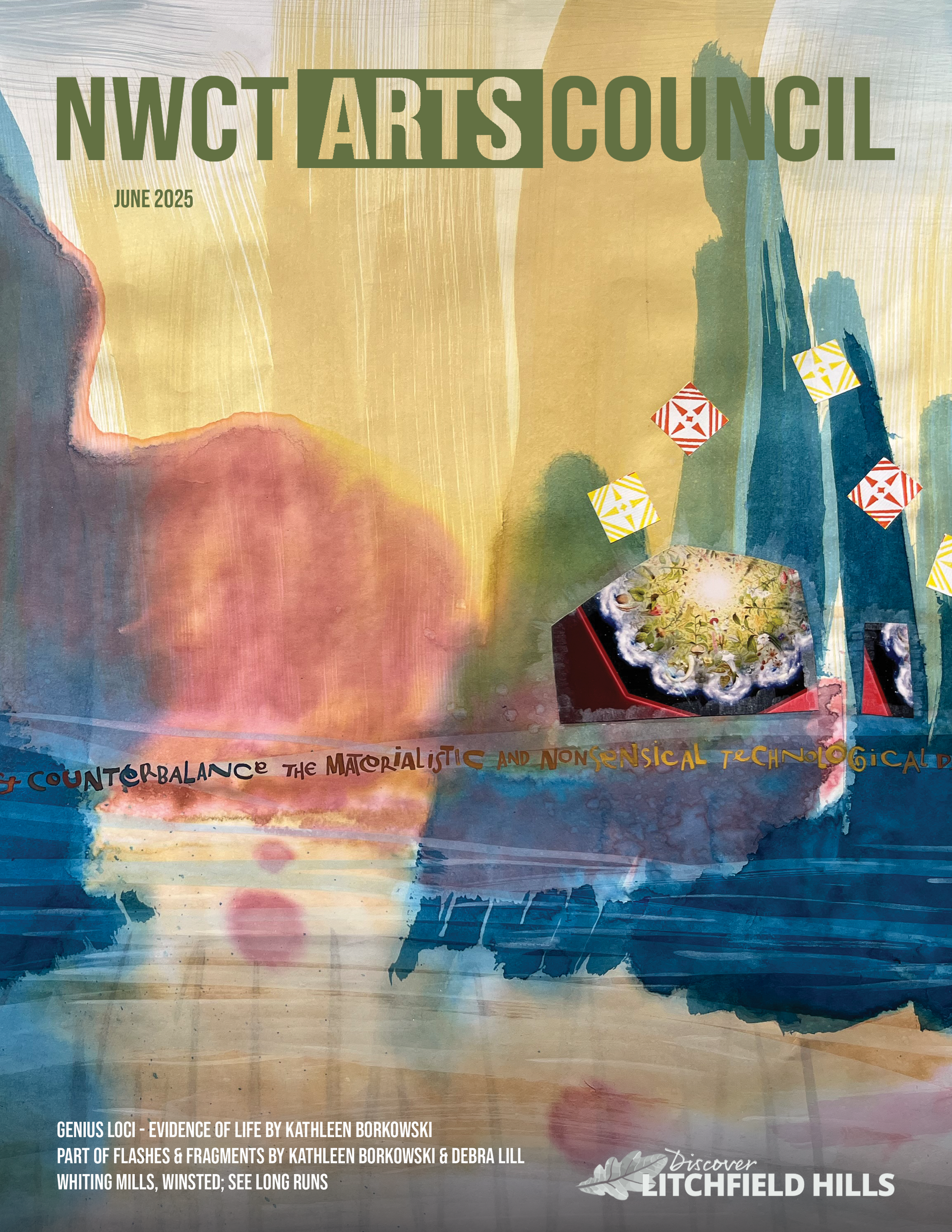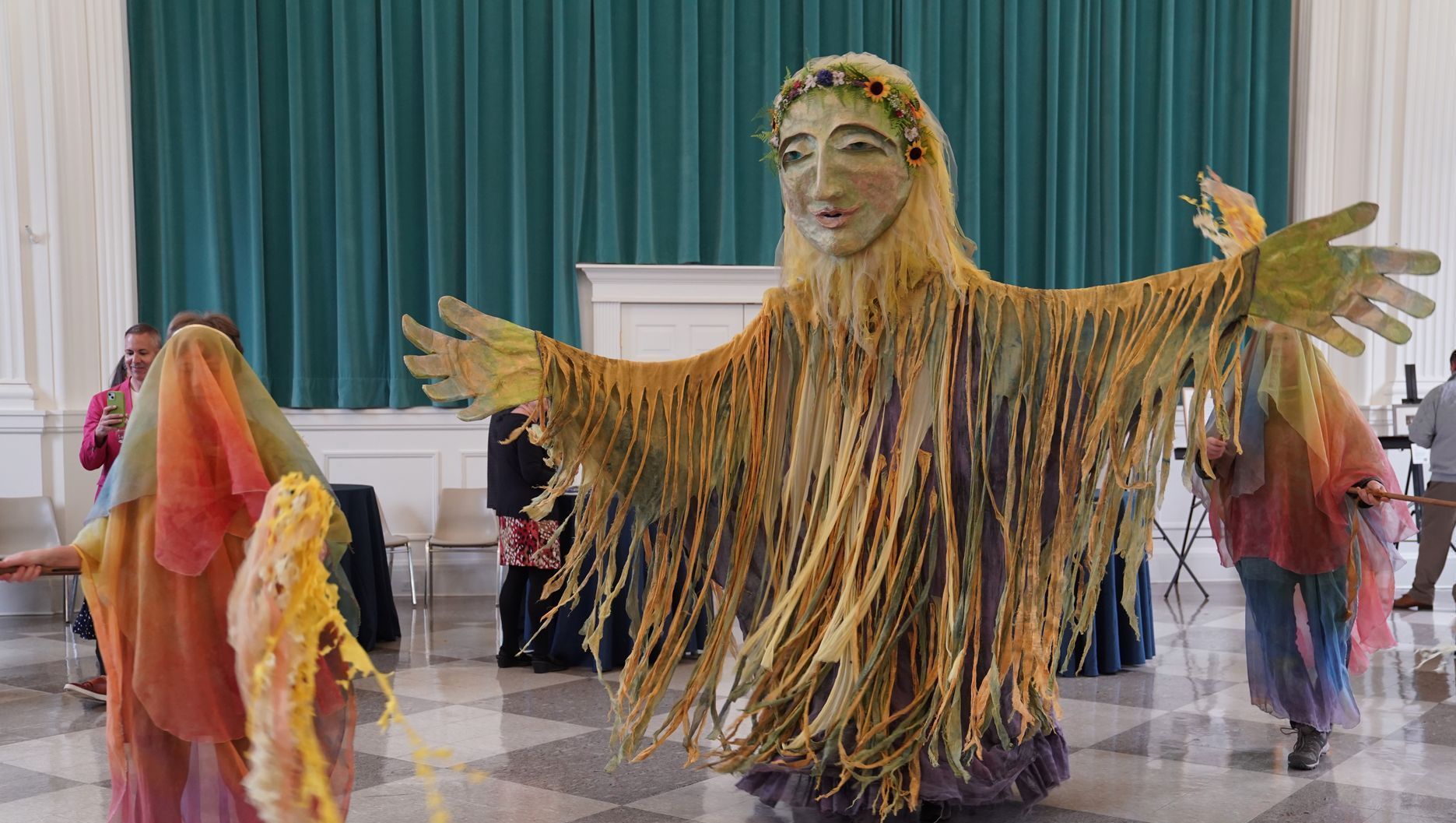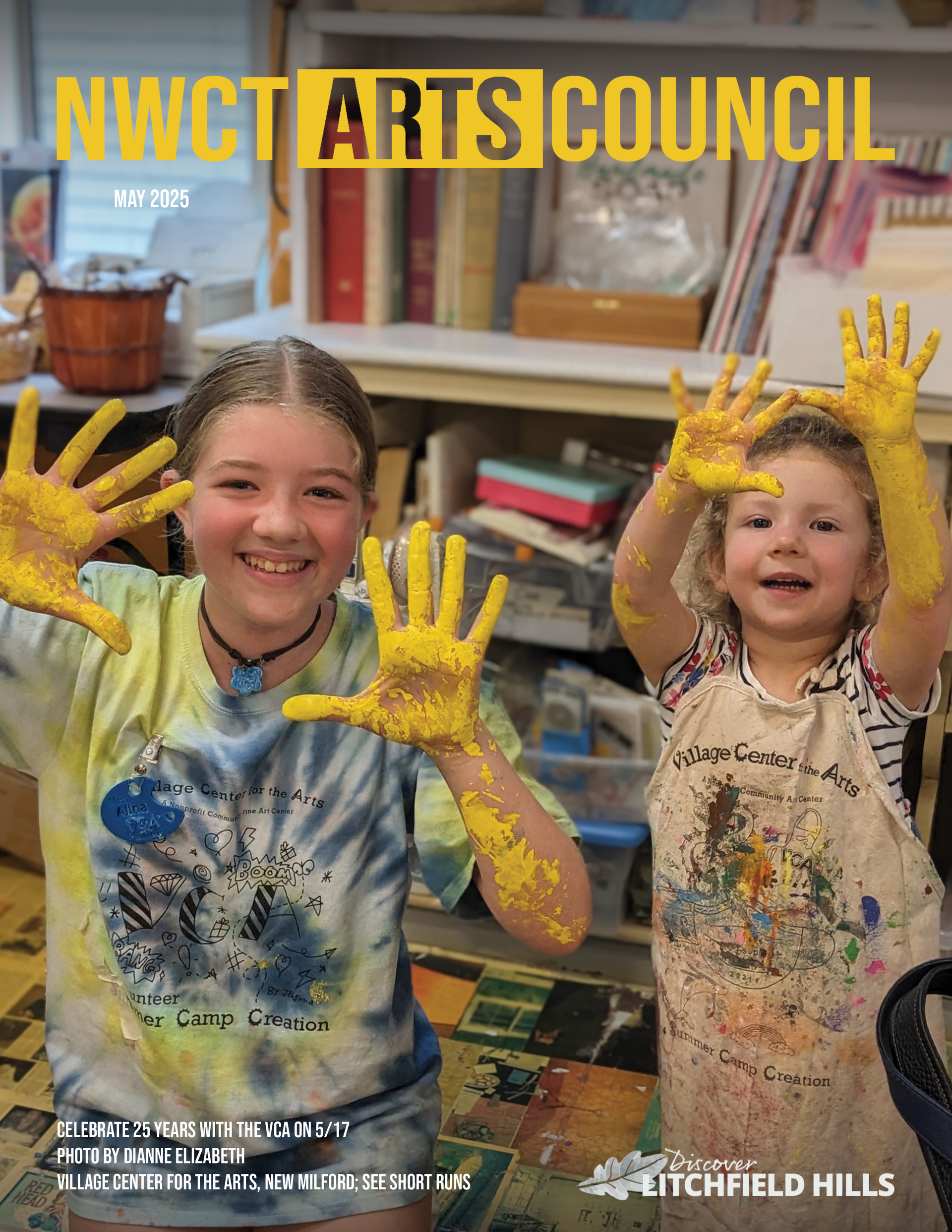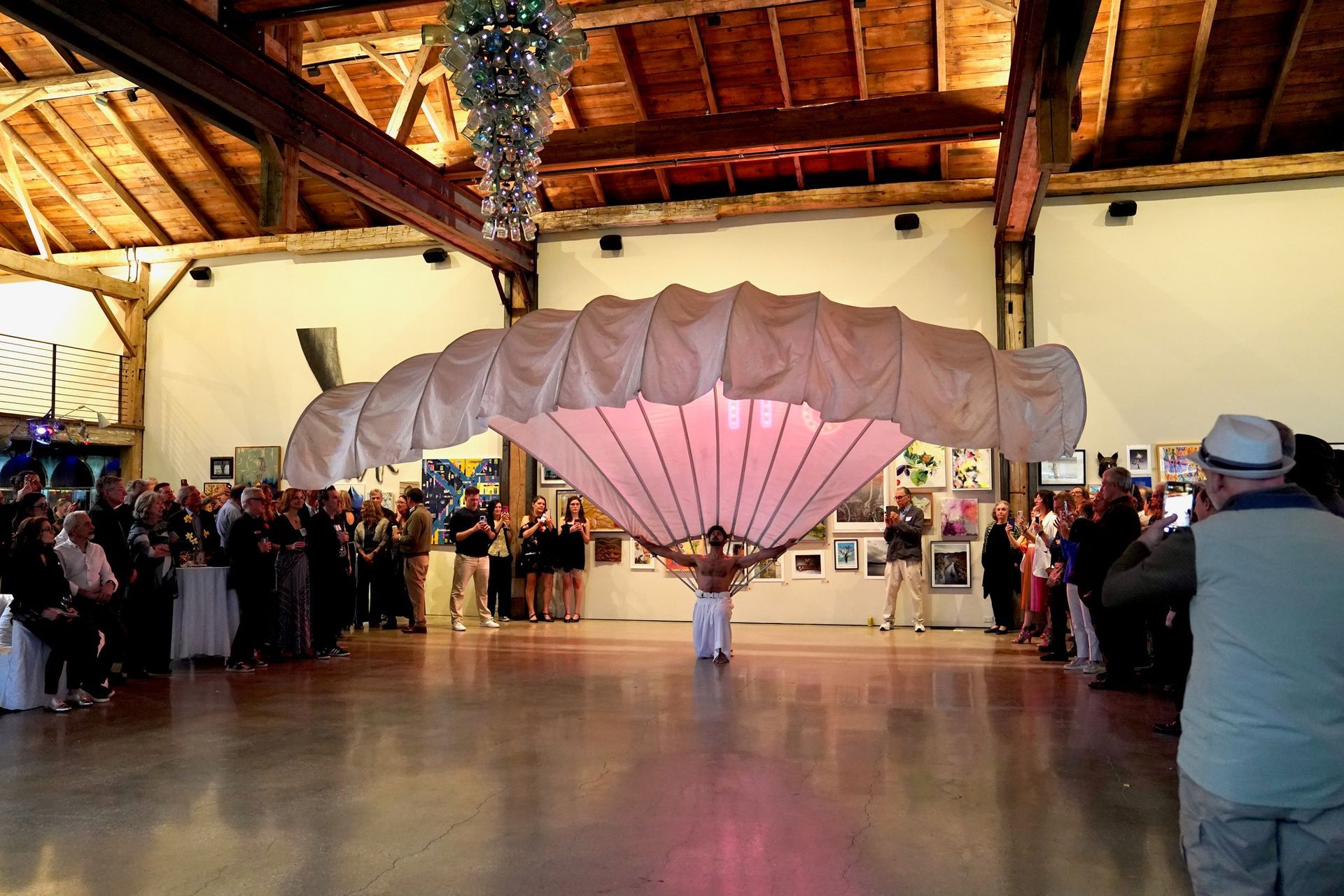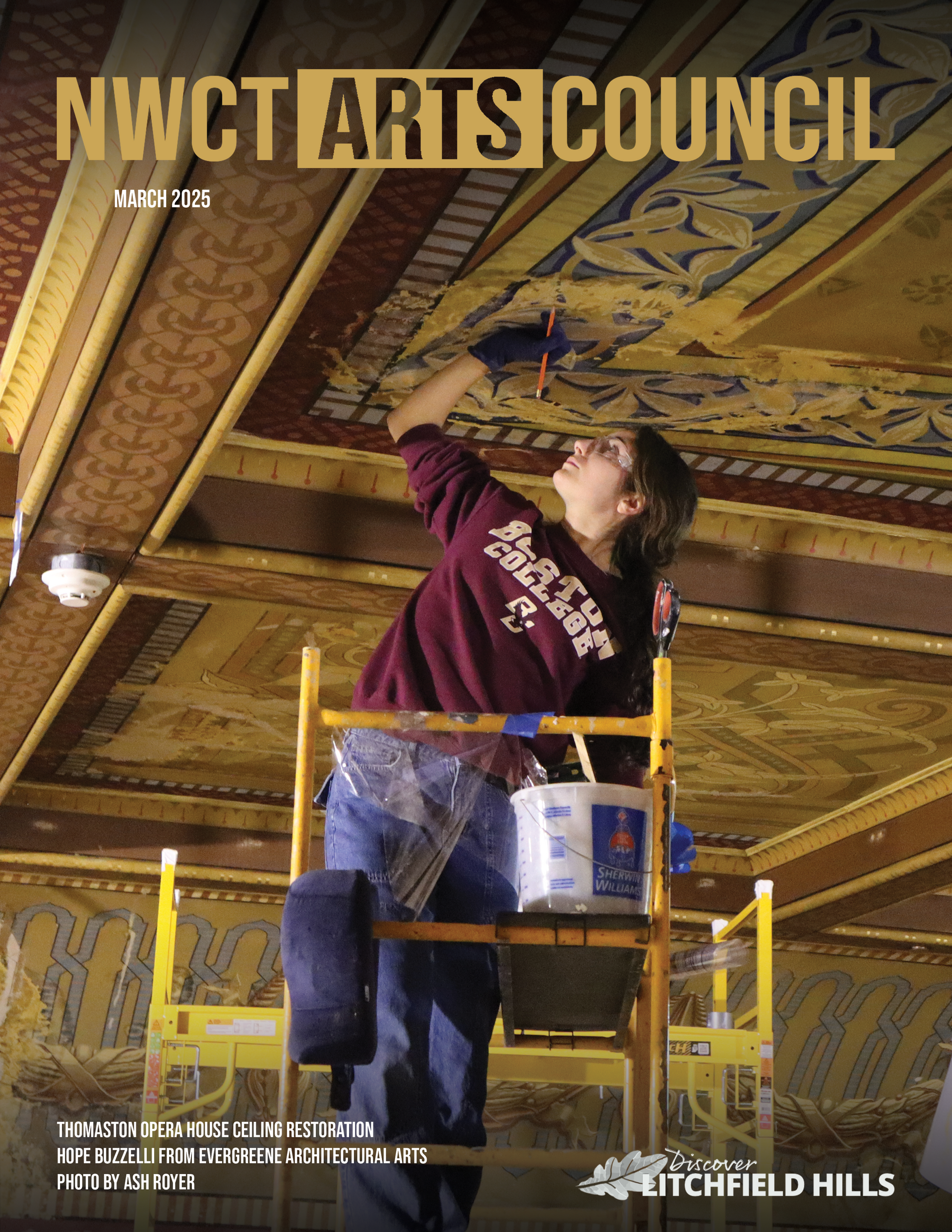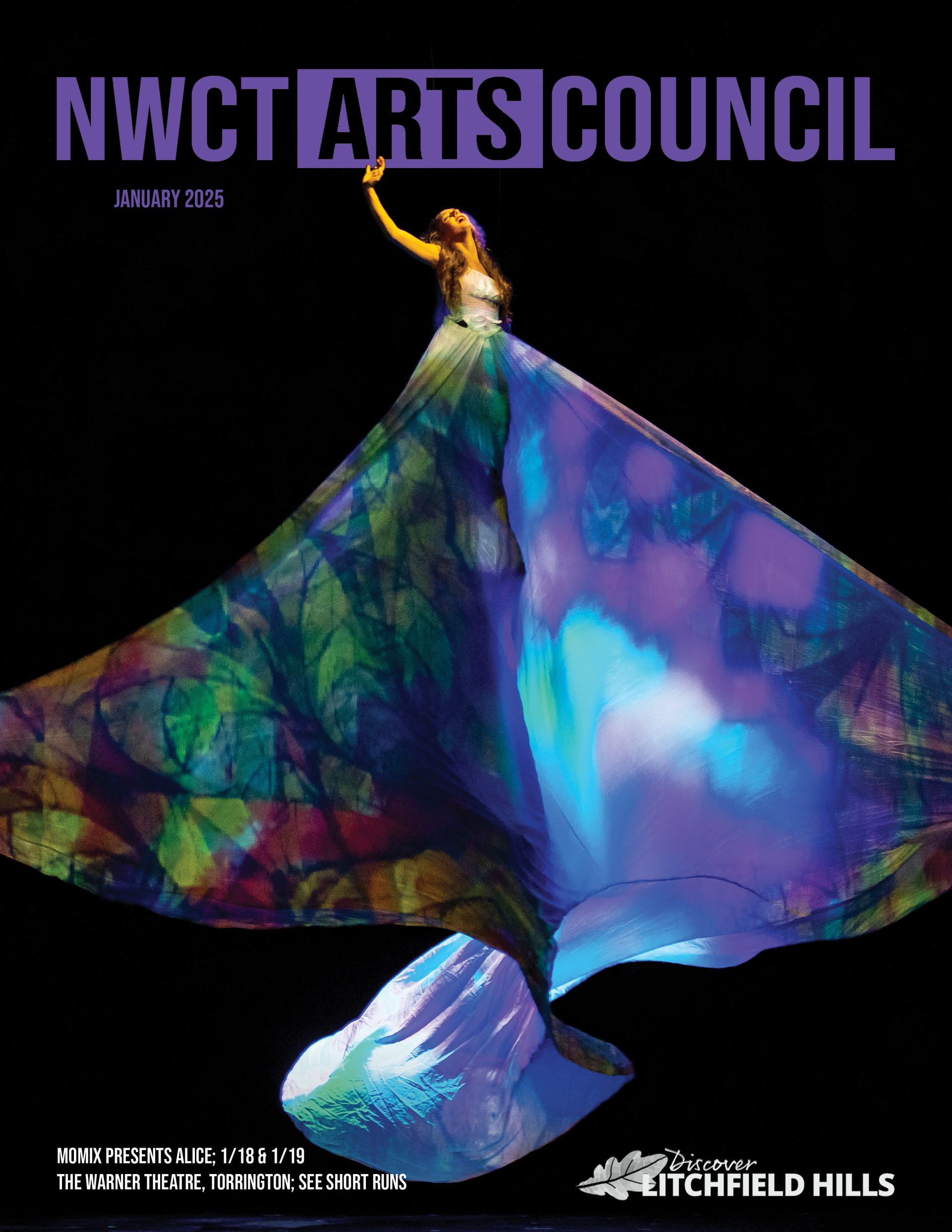Preserving History: The Restoration of Thomaston Opera House
Preserving History: The Restoration of Thomaston Opera House
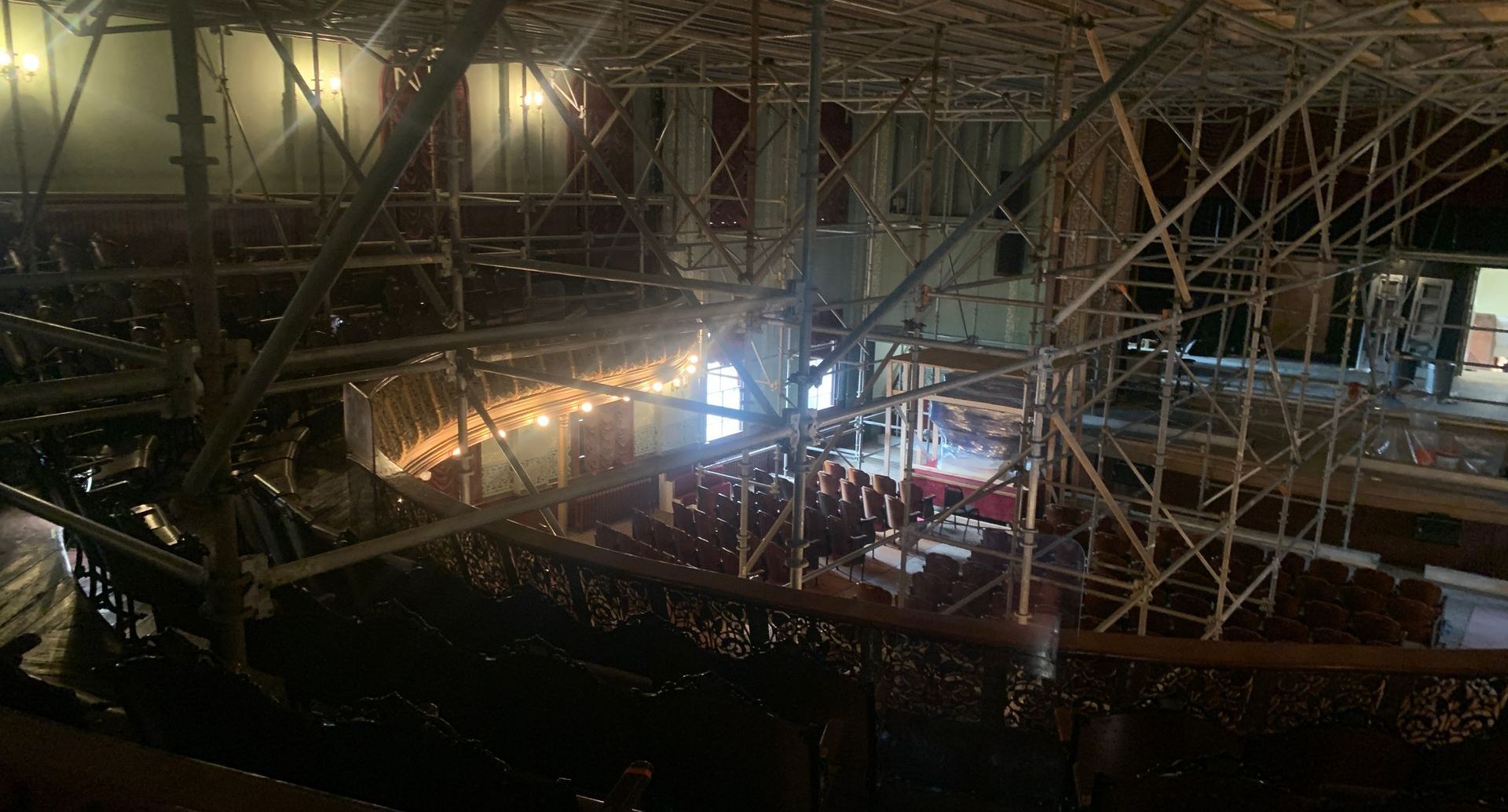
A view of the scaffolding from the mezzanine of the Thomaston Opera House.
Preserving History: The Restoration of Thomaston Opera House
The historic Thomaston Opera House in Connecticut is undergoing an extensive renovation, aiming to preserve and enhance a cultural landmark that has served the community for over a century. The restoration, led by the Opera House Building Committee, is being supported by local and state entities and represents a significant effort to revitalize the iconic venue.
A Glimpse into the Past
The Thomaston Opera House, built in 1884, is an architectural treasure steeped in history. Encapsulated within the town hall structure, which was added in 1975, the Opera House reflects a unique blend of old and new. Adjacent to the Opera House is the old firehouse, a building with its own storied past. Once home to two competing fire companies, the firehouse was the site of legendary rivalries that have become part of local folklore.
Today, the firehouse serves multiple purposes, including housing an art gallery and serving as a polling place. However, the Opera House remains the centerpiece of the community and is currently the focus of the restoration effort.
Renovation Efforts and Accessibility
The restoration project is being completed in 2 phases and is expected to cost around $12.5 million total. Phase 1 is being funded through a combination of grants, including a $3.5 million grant from the Community Investment Fund, overseen by the Department of Economic and Community Development (DECD). The project has also received approvals from the State Historical Preservation Office (SHPO) and the National Park Service, as the Opera House is listed on the National Historic Register.
A key objective of the renovation is to improve accessibility. Plans include installing a new freight elevator that will provide direct access to the stage, green room, and costume areas. This addition is particularly significant as it will enable individuals with disabilities to participate fully in the theater experience, whether as performers or audience members.
A Collaborative Effort
Phase 1 of the restoration is being executed by two main contractors: Evergreen Architectural Arts and Burlington Construction. Evergreen is responsible for the intricate restoration of the Opera House’s ceiling and coffers, which include detailed stenciling and painting. These elements are being carefully restored to retain their original beauty and integrity.
Burlington Construction will focus on the backstage areas, including the installation of the new freight elevator and the creation of accessible dressing rooms and bathrooms. Their work is scheduled to begin right after Labor Day, marking a significant milestone in the project.
Restoring the Ceiling’s Artistic Masterpieces
One of the most captivating aspects of the restoration is the meticulous work being done on the Opera House’s ceiling. This ceiling features intricate paintings and stenciled designs, which are significant for both their artistic beauty and historical value. These elements include trompe l'oeil motifs that were popular in the late 1800s and are being carefully restored.
The original artwork was painted with water-soluble distemper paints, which has made them vulnerable to damage due to moisture and water leaks. This has led to peeling, fading, and other forms of deterioration. The restoration process involves a multi-stage effort to repair these damages, including injecting adhesive into cracks, reinforcing plaster from above, and carefully matching the original paint colors to restore the ceiling’s artwork to its former glory.
During the restoration, previously hidden patterns were uncovered beneath layers of tan paint. These patterns were likely covered during a previous renovation due to budget constraints, and their rediscovery adds an additional layer of historical significance to the project. Evergreen’s team is carefully removing the overlying paint to reveal and restore these lost details.
Historical Symbols and Their Significance
The ceiling also features various symbolic designs, including South Asian and Masonic symbols reflecting the cultural and artistic trends of the late 19th century. The symbols were painted over during the theater's history to cover the swastikas that could be mistaken for Nazi imagery. The restoration committee decided to restore the symbols according to the original design and use it as an educational opportunity. They plan to create informative displays within the theater to explain the historical context of the symbols.
The restoration of the artwork is being approached with great care. Where possible, the original patterns are being restored, and where the artwork is too damaged, Evergreen is carefully matching the original colors and styles to blend repairs seamlessly with the surrounding artwork.
Looking Ahead
As the renovation progresses, the Thomaston Opera House is set to regain its former glory, providing a space where the arts can thrive for generations to come. The project not only preserves the physical structure, but also ensures that it remains a vibrant and accessible venue for the community.
This restoration is more than just a construction project; it is a commitment to preserving the cultural heritage of Thomaston and a testament to the power of community collaboration. The efforts being made today will ensure that the Opera House continues to serve as a beacon of culture and history for many years to come.


